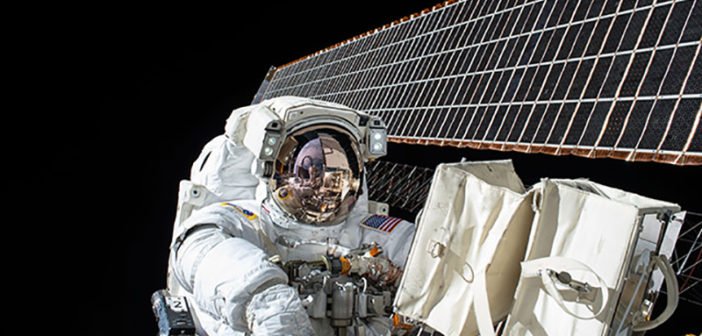Background:
In young children the gastrointestinal tract (GIT) is a common infection site, with severe infections causing gastroenteritis (irritation and inflammation of the stomach and gut). These infections are most commonly caused by viruses and bacteria, although there are also cases of parasitic causes, such as giardia. Rotavirus and norovirus are most commonly found to be viral sources of infection while varieties of E. coli (EPEC and EAEC in the case of this study) are frequent bacterial infecting agents. Globally, acute gastroenteritis (AGE), more commonly known as the stomach flu (not to be mistaken for influenza), is responsible for over 1.3 million deaths every year, about 15% of all childhood deaths in children under five (Mathew, S. et al. 2019). This early life (6 months or younger) AGE has also been linked with a significant increase in the development of asthma, allergic rhinitis (hay fever), and atopic dermatitis (eczema) later in childhood. This is exacerbated if the gastroenteritis results in a long term imbalance to the microbiome in the child’s developing GIT, with the effects potentially worsened by the application of antibiotics (Pan, H.H. et al. 2019). Continue reading “Turning Up the Heat: The effects of bacterial and viral co-infection in children”


